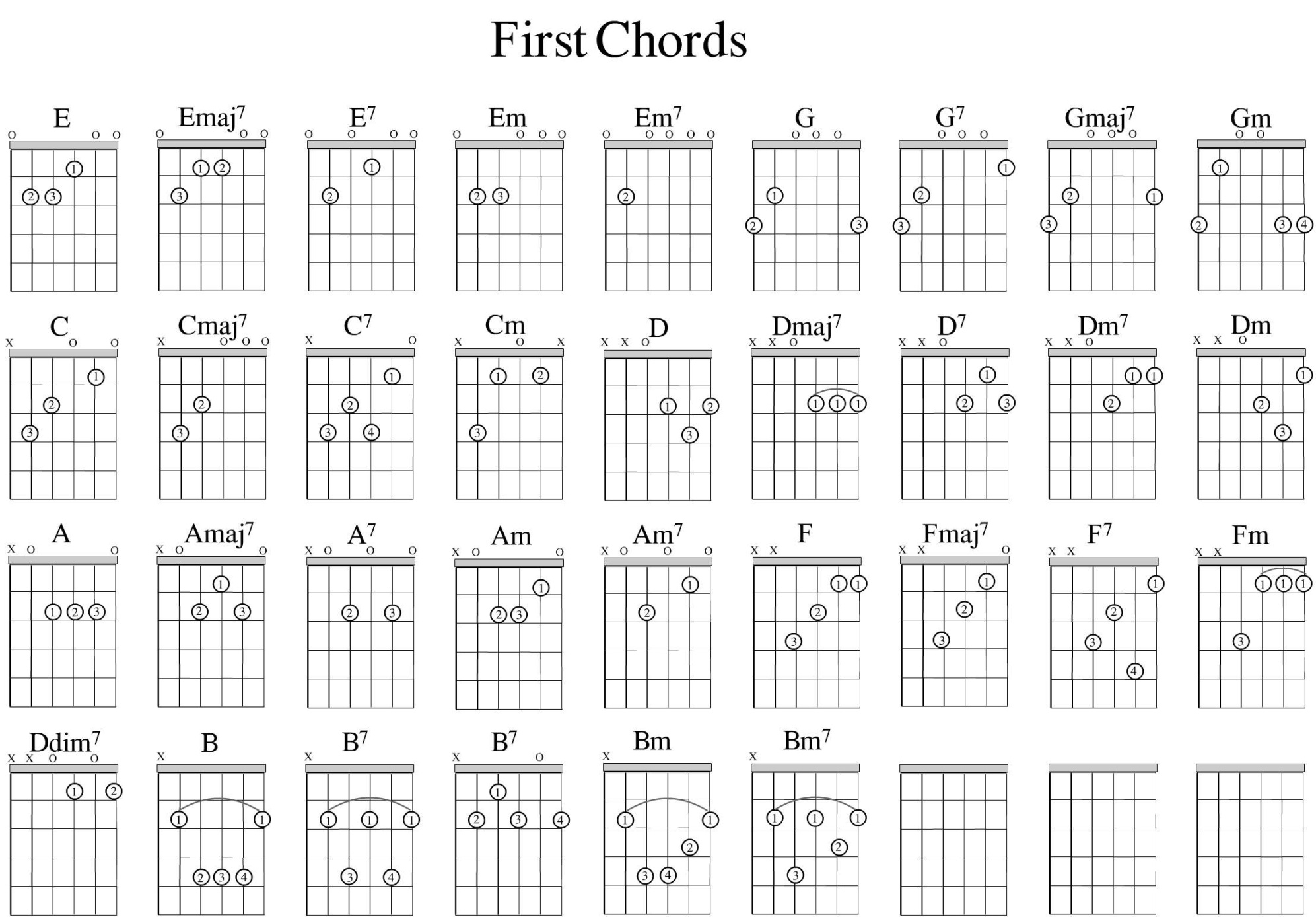Decoding the Fretboard: Your Guide to Guitar Chord Shapes
Alright, let’s talk guitar chords. Not just any chords, but the shapes that make up the backbone of pretty much every song you’ll ever play. You know those weird finger positions that seem like a secret code? Yeah, those. We’re gonna break ’em down.
So, why are these shapes so important? Well, they’re like templates. Once you learn a few basic shapes, you can move them around the neck and create tons of different chords. It’s like a musical puzzle, and knowing these shapes is like having all the right pieces.
The Mighty Major Chord Shapes
Let’s start with the big guys, the major chords. These are the happy, bright-sounding chords that form the foundation of countless pop, rock, and country songs. Think of a C major, a G major, or an A major. You’ve probably heard ’em a million times.

The most common major chord shapes you’ll encounter are based on the open chords:
E Major Shape: This one’s a classic. Think of the open E major chord. Now, if you take that shape and move it up the neck, you can create other major chords. For example, move it up two frets, and you’ve got an F# major.
The Moody Minor Chord Shapes
Now, let’s get a little darker. Minor chords are the sadder, more introspective cousins of major chords. They’re used in everything from blues to metal.
Just like with major chords, minor chords have their own set of movable shapes:
E Minor Shape: Think of the open E minor. Move it up the neck, and you’re making other minor chords.
The Power of Barre Chords
Now, we need to talk about barre chords. These are the chords that use your index finger to “bar” or press down multiple strings at once. They might seem intimidating at first, but they’re essential for moving those major and minor shapes around the neck.
Think of it this way: you’re taking the open chord shapes we talked about earlier and making them movable. By barring the strings, you’re essentially creating a new “nut” that you can slide up and down the neck.
Barre chords are your key to playing any chord, anywhere on the fretboard. Once you master them, you’ll be able to play along with just about any song.
Beyond the Basics: Other Useful Shapes
Of course, there are other chord shapes out there, but these major and minor shapes are the foundation. You’ll also encounter:
Dominant 7th Chords: These chords add a bluesy, jazzy flavor to your playing. They’re often used in blues, rock, and jazz.
Putting It All Together: Practical Tips
Okay, so you know the shapes. Now what? Here are a few practical tips to help you put them into practice:
Start Slow: Don’t try to learn everything at once. Focus on one shape at a time and practice it until you can play it smoothly.
Conclusion
Learning guitar chord shapes is like unlocking a secret language. It might seem daunting at first, but with practice and patience, you’ll be able to play just about any song you want. By understanding the basic major and minor shapes, and by mastering barre chords, you’ll open up a world of musical possibilities. Remember to start slow, use chord charts, practice chord transitions, and most importantly, have fun. The journey of learning guitar chords is a rewarding one, and the ability to create music with your own hands is truly something special.

